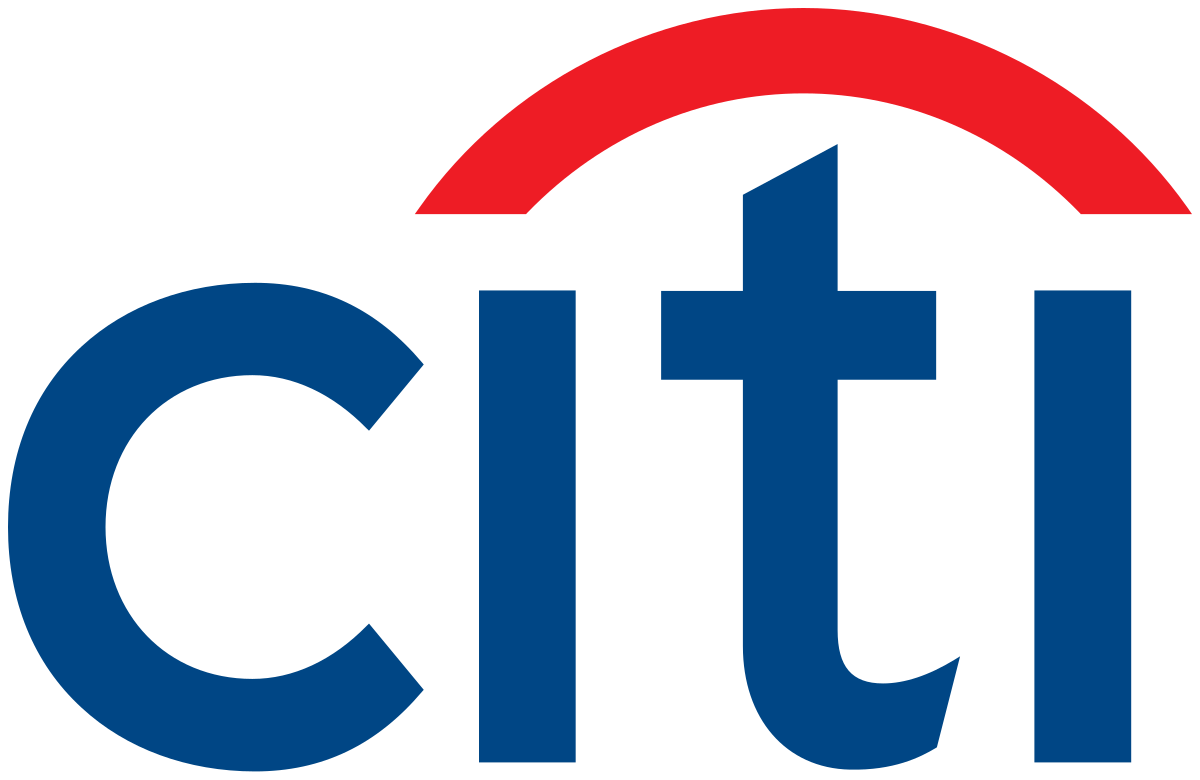Stocks appearing across multiple themes scoring well on fundamentals, sentiment and valuation could present an opportunity as markets shift from macro-driven to stock-specific differentiation, Citi has argued.
In a recent note, titled Thematic Thirty, the firm said after three years of outperformance, S&P 500 members with the highest thematic attachment suffered steep valuation corrections during H1 volatility.
While recession and inflation fears remain, Citi suggested investors might look to more reasonably valued companies involved in structural growth themes that also display strong earnings and quality characteristics, as the market moves into a new regime with less accommodative central bank policy.
Although thematic baskets – particularly future tech thematics – have had strong overlap with the success of the growth factor during the low interest rate backdrop of the 2010s, Citi argued this could change if growth goes out of favour as “technology in some form will remain relevant to any new leadership regime”.
Choosing its favourite themes, the bank started with 91 distinct themes identified among S&P 500 constituents, however, only 22 of these were diversified and prominent enough within the index to warrant further screening.
With this remaining number, it looked for themes with higher revenue and earnings growth versus the S&P 500 over the past five years as well as higher consensus revenue and growth expectations for the year ahead. After this, 13 themes remained.
Each theme was then ranked on quality according to return-on-equity, debt-to-total capital, as well as how these metrics have changed over the last five years. The bottom quartile was removed, with nine themes left.
To find its final cohort, Citi looked at the number of upward or stabilising month-on-month earnings revisions to gauge theme sentiment. Those with more upward revisions than the S&P 500 made the cut.
The winning roster was made up of automation and robotics, artificial intelligence (AI), emerging market consumer, net zero, top brands and internet-driven business models.
Citi noted that even among these baskets, most companies looked expensive versus the S&P 500 both currently and over a five-year average – and therefore it would pick out the final “thematic thirty” stocks based on analyst convictions and by removing negative earners.
Among these, it chose General Motors and IPG Photonics as its automation and robotics picks. Interestingly, the former overlapped with seven distinct themes and ranked top of Citi’s expected performance table with an expected total return of 142.5%.
Other picks included MGM Resorts and Visa under emerging market consumer, Nvidia and Amazon under AI, Booking Holdings and Domino’s Pizza under internet-driven business models, Walt Disney and Yum! Brands under top brands, and Walmart and Edison Brands under net zero.
Citi concluded: “An increasingly volatile and dispersed backdrop on the other side of the pandemic and unusual central bank intervention should make fundamental differentiation more important.
“This could make identifying longer-term thematic drivers even more important that it has been over the past market cycles.”
Does this make sense?
Citi’s thesis is cohesive. In a less accommodative environment, investors will have to get more creative when searching for outperformance - and identifying well-run, profitable companies in sectors with structural tailwinds seems like a good solution.
For now, it may still be too soon for some to go fishing for sensible moonshots as the macro backdrop remains highly uncertain for the time being.
As noted by Citi, at the time of its report – at the start of August – all themes were still more expensive than the S&P 500 on an enterprise value (EV) to earnings before interest, tax, debt and amortisation, price-earnings and price-earnings-to-growth basis, and at least twice as expensive on an EV-sales basis.
After a two-month burst of life during the summer in what Athanasios Psarofagis, ETF analyst at Bloomberg Intelligence, described as a ‘junk rally’, thematic ETFs could be facing a challenging H2 if European inflation numbers and hawkish European Central Bank (ECB) messaging are anything to go by.
Instead, a product class which might be relied upon to deliver returns during volatile periods – that currently do not exist in Europe – are managed futures ETFs.
These strategies, also known as commodity trading advisers (CTA) or trend-followers, involve actively managed futures contracts that go long or short on equities, bonds, commodities and currencies.
Europe’s last CTA ETF, the JP Morgan Managed Futures UCITS ETF (JPMG), delisted in November 2020 after three years of poor performance. Also, the market share of managed futures-style strategies more than halved between 2012 and 2020 as the product class tends to underperform during periods of market optimism.
However, since the start of the year, the US-listed iMGBP DBi Managed Futures Strategy ETF (DBMF) has grown from $60m to more than $500m assets under management (AUM) and returned 22.1%, as at 26 August.
Thematic-related stocks could well outperform in less volatile periods with more accommodative monetary policy. For now, one theme that has remained consistent through 2022 has been clean energy – and its subthemes – as soaring gas prices drive wholesale electricity prices upwards and government climate change policy remains supportive.
Related articles





